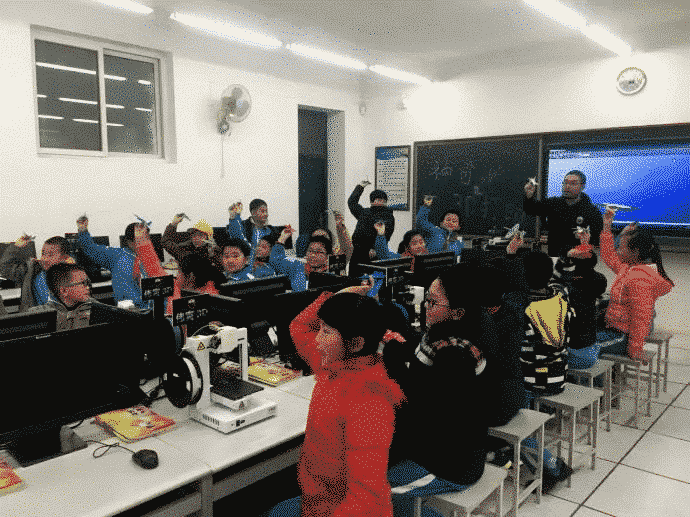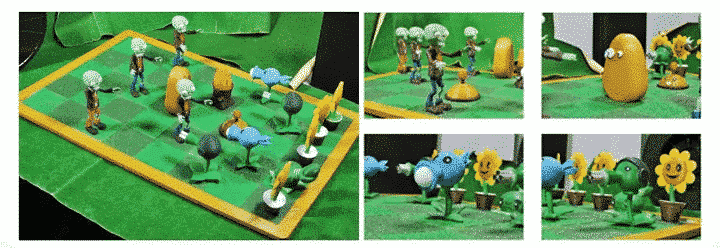3D printing has changed the traditional teaching rules. Teachers can introduce 3D printing into teaching practice, improve the attractiveness and interactivity of classroom teaching, and achieve better teaching results. Through the completion of 3D printing projects, students can cultivate their innovative consciousness and hands-on ability, which will help improve their problem-solving ability. For enterprises, carrying out 3D printing education to drive the development of the industry is also a method to achieve profitability in the industry.
3D printing can revolutionize the way students learn science projects
Biology teachers can use 3D printing to make organ cross-sections so that students can better understand the human body. Chemistry and physics teachers can print out complex molecular and atomic structures to help with understanding. And the display of complex geomorphological features can help them intuitively learn geography courses. A 3D printed area model can better represent terrain and demographics, which helps students solve real-world problems.
3D printed prototypes and final products
3D printing can also be used in more creative areas of education, such as making models and tools. Design and engineering students will find more uses for 3D printing, such as product prototype design, manufacture mechanical parts, and even produce final products at low cost.
3D printing brings entrepreneurial opportunities
For school students, 3D printing is a good entrepreneurial project. The unlimited potential of 3D printing provides students with a variety of business directions, like 3D scanning, innovative design, education and training, personalized customization, etc. Students can use this project to develop the ability to think independently, and be familiar with the operation mode of the enterprise, these are important skills for entrepreneurship.
In the next stage of their careers, people who are already familiar with 3D printing at school will see the potential to use 3D printing in the design and production process. With a variety of materials and 3D printing methods, entrepreneurs can use the knowledge they get in school and produce fully functional parts.
How to introduce 3D printing in elementary and middle school classrooms?
In fact, Europe and the United States have universally introduced 3D printing into education and daily life.
The daughter of an elementary school teacher needs assistive tools to walk because of leg disabilities. As the girl’s physical growth, the assistive tools become more and more uncomfortable, which has brought her a lot of trouble. The teacher organized 6 pupils and decided to use 3D printing to solve this problem.
They carried out the measurement and modeling of the corresponding parts for the girl, and fully considered the safety and comfort, put forward a variety of solutions, and used the 3D printer equipped by the school to prototype the best design. Finally, they produced a comfortable auxiliary tool for the little girl. It is not difficult to see from this example that this project can arouse the interest of participants and solve practical problems, and everyone can feel involved.

3D printing education in primary and secondary schools in China is mainly concentrated in cities with the rapid development of 3D printing technology, such as Beijing, Shanghai, Shenzhen, and Xi’an. There are many places to discuss in practice, but they are inseparable from the combination of student interests. The technology itself is cold and blunt, and if it does not arouse the interest of students, the related classes will be difficult to carry on.
In terms of 3D printing primary and secondary education, Beijing No. 27 Middle School and No. 50 Middle School are at the forefront. They have successively launched 3D printing-related science and technology competition activities and received technical support and sponsorship from many companies. The students have been trained in mathematics, graphic design, control and manufacturing, and achieved good results.
The 3D printing education of middle school students is inseparable from science and technology projects, while the learning of primary school students should be practically connected with each student. The penetration of 3D printing knowledge should be combined with the topics that children mostly like to make classes vivid and interesting. This is certainly a direction that requires special in-depth research. In the current lack of 3D printing courses, any form of practice can be tried.


